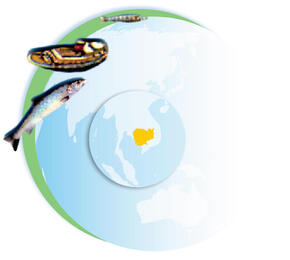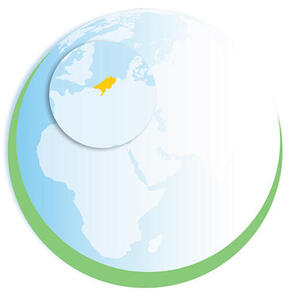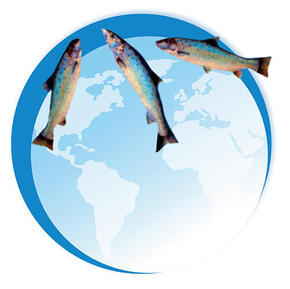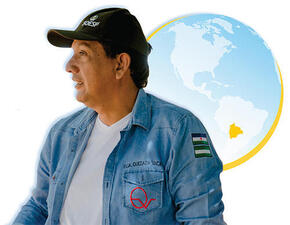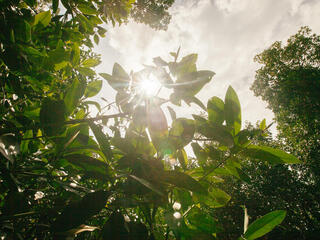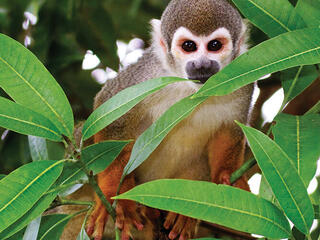For Carl and Marieke van Jaarsveld, dairy farming involves looking to the future. The couple—who took over Carl’s parents’ dairy operation in Hekendorp in Utrecht, the Netherlands, in 2006—have an 11-year-old son who says he wants to run the business one day. “We are working to develop a company that is sustainable so he can,” says Carl. This means producing food in a way that’s good for people, animals, and the environment.
In the Netherlands, the dairy sector has an outsized impact on the environment: It is the largest user of the country’s agricultural land, with about 20,000 farms and nearly 1.5 million cows producing milk and other products for sale around the world. As a result, biodiversity in this small but highly productive European country is under severe pressure.
Carl believes that a new Biodiversity Monitor tool for the dairy sector—developed jointly by WWF-Netherlands, financial services provider Rabobank, and Friesland-Campina, a global dairy company based in the Netherlands—can help improve production practices by providing financial incentives and rewards for dairy farmers who promote biodiversity on their farms. The tool allows farmers to measure their impact on the land through specific targets—the amount of nitrogen in the soil, greenhouse gas emissions, and water quality, for instance—and to track their progress in reducing environmental pressures and supporting healthier biodiversity.
By giving dairy farmers more insight into their operations, the tool enables them to identify opportunities to better protect their natural resources, from fertile soil to clean groundwater—often in ways that benefit their bottom lines.
Also through the Biodiversity Monitor tool, the van Jaarsvelds are involved in a campaign by Friesland-Campina that pays higher prices for milk from more sustainable farms, encouraging better practices while increasing farmers’ margins. Because changes in the interest of greater sustainability often cost money up front, Carl notes, farmers need to be compensated with better prices for their products, lower-interest loans from the bank, and better business models that keep farming economically viable.
